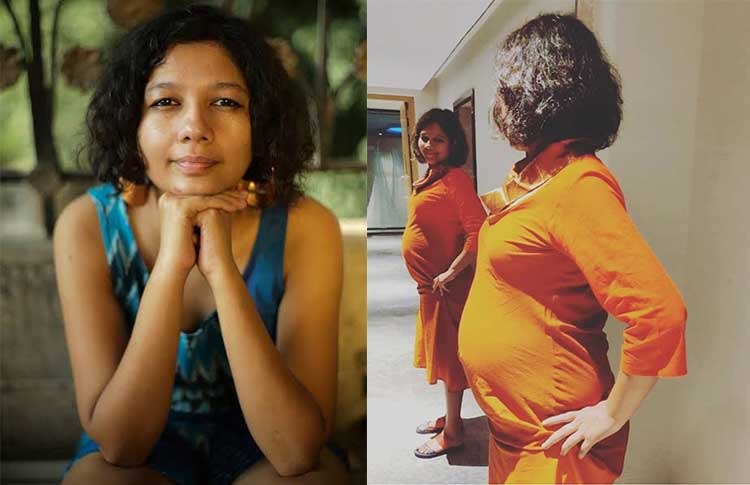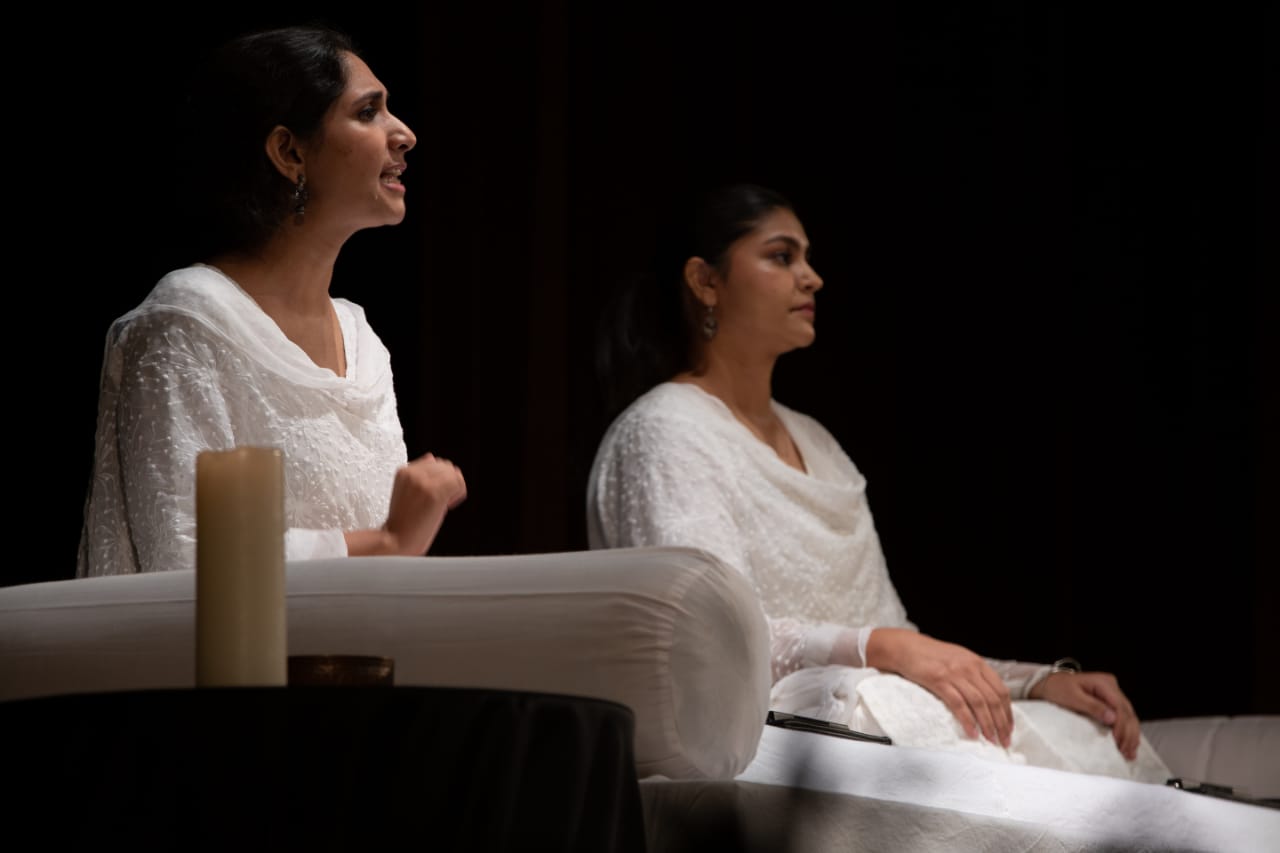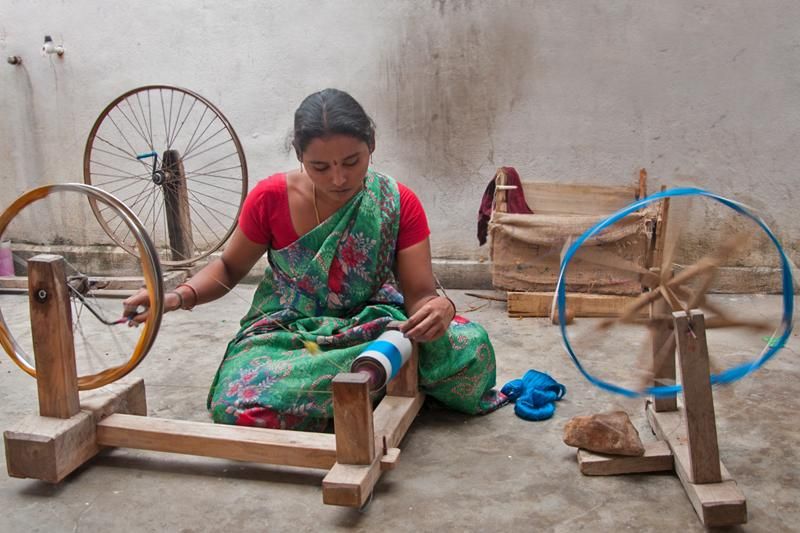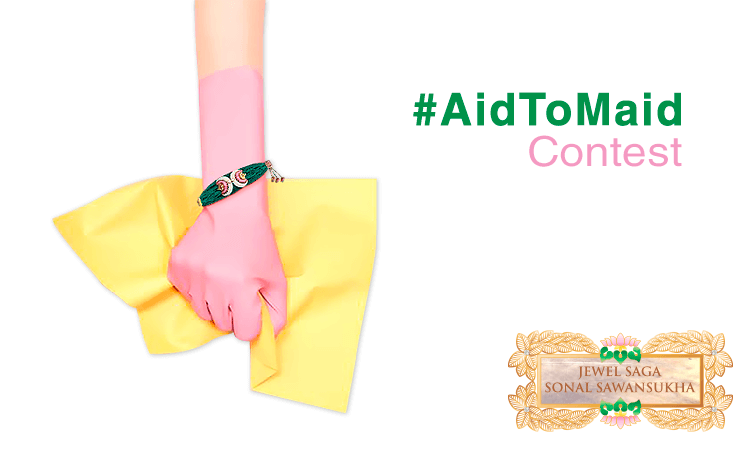Urvashi Butalia: Feminism didn’t come to India from the West
- IWB Post
- May 25, 2015

For all her furrowed brows and ponderous glances, Urvashi Butalia, the founding member of Zubaan Books, is the red herring of the feminist movement in India, and the preponderance of evidence is hard to overlook. Here she talks to TNS about Indian shape of the feminism movement. Read excerpts:
The News on Sunday (TNS): When do we find the earliest undercurrents of feminist sensibility and sentiment in Indian literature?
Urvashi Butalia (UB): Even though we started our publishing house in 1984, there are works quite deliberately and self-consciously feminist that date back much further.
It’s not as if you don’t have early writings which are quite strongly feminist, but which may not have defined themselves as ‘feminist’ because the concept did not exist at that time. The publication of works that could be defined as ‘feminist’ began in a self-conscious way in India when we started Kali for Women. For us, one of the important exercises was to recover early feminist voices in history and in classical works. There’s a very interesting piece of fiction about a Brahmin family that converts to Christianity. It’s an early account by a woman that talks about how caste still persists and how women are treated.
TNS: When did it dawn on you that you were a feminist or that you had feminist leanings?
UB: We were exposed to the University politics at Miranda House because in the late 1960s and the early 1970s when I went there, it was a very political space. Our political frames of reference were Naxalism, which had a strong influence, and remnants of Jayaprakash Narayan’s Students’ Movement. Then, there was, for example, the Delhi University’s Student Union — an entirely male union because women’s colleges felt politics was dirty and, therefore, didn’t want to get into it. Miranda House was the first college that actually broke the taboo by joining the University Union saying, “It’s also our space and we have to claim it.” Cutting my political teeth at that time, and having been exposed to literature and writings by feminists from other parts of the world, we began to fight on issues like ‘special buses for women’, ‘hostel conditions for women’ and so forth, without realizing that these were necessarily feminist issues. These were my early conscious entries into the domain, although, at home, my mother was quite a feminist in her own way. She would ensure there was no discrimination — she brought up all her kids in an egalitarian way — and fought against my grandmother who could only care for men.
TNS: Who would you recall as your early influences in shaping your feminist ideals? Ismat Chughtai appears to be an obvious choice.
I first read Mahasweta Devi when we started Kali. At that time she had not been translated into English barring one short story for children translated by the National Book Trust. We translated a story that we called The Wet Nurse in a book that we put together as Truth Talesin 1985 — an anthology of seven stories by Indian female writers. It was after that that Gayatri Spivak Chakravarty started to translate her. Mahasweta Devi was a strong influence — an admirable writer and a wonderful woman.
As part of my childhood reading, I had read Sunlight on a Broken Column by Attia Hosain, and while I was working in London from 1982-84 in a publishing house called Zed Books, I also met her. I was familiar with Rasheed Jahan’s writings and Gail Omtvedt’s writings on Muslim women’s early writings in Urdu magazines.
We were also the first ones to publish Ismat Chughtai’s Nanhi ki Naani into English. (One of her stories had been published in Sahitya Academy Journal ‘Indian Literature’ that couldn’t go places). Later, we published Lihaf, Terhi Lakeer and Ziddi and some non-fiction into English.
TNS: Kali for Women was founded in 1984 with Ritu Menon, whom you parted ways with in 2003. According to one account, it was the ‘irreconcilable differences’ between the two that led to the fallout. Comment.
UB: Ritu and I worked together for nineteen years. People part ways in business, in NGOs, etc., but when two women part ways, people expect the disbalance to be more than just professional. They expect them to be tied with emotional differences which is often the case. Parting of ways was very emotional for both of us because we had invested in Kali, but I don’t think there were any major differences as such. Ritu and I never had a difference of opinion on what to publish. There weren’t any ‘irreconcilable differences’ because, after all, in a publishing house, what is it that you can have differences about if you are in agreement on the content of what you publish? It was more about the fact that we had very different styles of working. In a feminist workplace — which is what we were trying to create — it’s very difficult to separate the professional from the personal or the political, which also makes it much more challenging to disentangle.
We could have had a legal procedure but every author was a friend, every author was someone whose political beliefs we were in sync with which made the ‘separation’ much more difficult. It was nothing we could not have gotten over through straight talk. But there never is straight talk in feminist business equations. We skirted each other’s tensions, without giving enough space to each other’s creativity to grow because both of us were scared of rocking the boat and experimenting with something that didn’t work out because we didn’t any longer have friendship or support of each other.
The parting was tragic but it freed us to explore our creative potential, and do different things that we weren’t being able to do when we were together. It also proved something which we would never have had the courage to experiment with: the marketplace can actually take not two feminist publishers with double the output that we had but many more publishers publishing books about women who’d taken their courage or inspiration from feminist publishers. In a sense, it freed us to understand that the market was much bigger than we, in our caution, had thought it was.
Every break up is terrible but it’s something that should have had the professionalism to recognise it much earlier.
TNS: How is the Indian version of feminism any different from its Western parallel?
UB: First of all, I don’t think there is an Indian version of feminism. I am also in strong disagreement with the assumption that feminism came to India from the West. I don’t believe that a political ideology or movement can be created by an outside influence. Feminism grew out of our history in India, which is why it has taken the shape that it has. You have many different strands of it. There are people who are in sympathy with very strong leftist politics and who have created gendered women’s spaces inside that politics, which doesn’t question the broad aims of that politics but which questions patriarchy within it. So, right from the time of Ela Bhatt’s Movement and Telengana Movement down to the present movement in Maharashtra, the Communist parties and their women’s wings to the ML parties and their women’s wings, there are large numbers of women who are thinking about what the world defines as ‘feminist issues’, critiquing patriarchy from within. We did an early book called A Space Within the Struggle which looked at the different movements and women’s role within them, including the Chipko Movement and the Bodhgaya Movement, which was against religious organisations.
TNS: What do you see as Kali for Women’s achievements?
UB: One of the interesting things about the Indian women’s movement is that it cuts across class in a very broad way, which is not to say that it is not a movement dominated by the upper middle class women. Women like us may be the articulate face of it (we are the ones who have privilege and access), but even a village woman like Bhanwari Devi — a Dalit woman who lived through the experience of rape — is doing interesting things. Then, it’s been a movement that has been quite open to confront a lot of self-questioning and challenges from within, on issues of sexuality. There was a lot of discussion on people of alternative sexualities vis-à-vis the mainstream character of the movement concerning how it’s ignoring them.
There have also been a lot of challenges by Dalit women from within the movement on issues pertaining to caste, and now on the question of transgender identities leading on to a big debate. When the Verma Committee met after the 20/12 Rape Case to bring changes in the law against sexual violence, it was women’s groups that argued and fought and insisted that the committee meet with the transgender groups to take in issues of sexual violence against their community into the law — even though the movement has not been very clear on how to deal with transgender identities because the question which is the privileged identity — male or female — persists.
The difference with the movements in the West comes with the fact that the Indian movement(s) have always been open to dialogue. There’s never been a moment when conversations have stopped across the divisions that are part of the movement. In comparison, the dialogues between Black and White communities in the West were few and far between. The kind of issues we have been involved in — poverty, hunger, health, nationalism — have been very important to the movement here.
For instance, one big question raised by the Indian Kashmiri women to the mainstream Indian Women’s Movement was: “Why is it that you’ve always ignored us?” Why is it that Indian feminists have not thought to stretch the hand towards women in Kashmir who are facing such terrible violence from the security forces, the military, the terrorists and/or militants. That was a moment of self-questioning for feminists realising that, in some way, they’d taken the nationalist discourse on board. They did start forming solidarities across that, and in that I find it a very rich and dynamic movement.
TNS: Leslee Udwin’s ‘India’s Daughter’ was eventually banned from screening in India. One of the reasons quoted in the press was the statement by the accused in which he tried to justify rape as a ‘turn on’. What is your take on the issue?
UB: The court proceedings were in camera, so none of us knows what was said. The film was not banned for the reason that you mention. What Mukesh Singh, the accused, did say was that 20 per cent of Indian women are alright while the rest of them ask for rape because of the way they dress up and their outgoing lifestyles. And that they should know when ‘something like this’ is coming their way, they should not fight back — they should just lie back and allow the rape to happen. “Since Jyoti Singh, the victim, fought back, therefore, we got more violent towards her.” It was six of them — one still a juvenile short by 3-4 months — but nobody knows their age exactly because there’s no birth certificate. (We are judging on account of history, forensic evidence, teeth, etc.). The 17-year old is being tried by the Juvenile Court and will be let off soon, I think. One of them killed himself while he was in jail. Only one of the four left behind is featured in the film.
The Indian government should not have banned the film — it has been circulating widely on YouTube and everybody has watched it. The film was banned in India upon the argument that it projected a ‘wrong’ and a ‘bad’ image of India. The fact is that world media attention on India after this case projected Delhi as the rape capital of the world, and India as a terribly unsafe place for women, which it is not. I can imagine anyone, not only the government but also we who live there, would be offended at this representation.
There are some UN statistics that Amartya Sen quotes in an essay that he wrote: It’s the rate per rape of a 100,000 people in a country — India is 1.2; The UK is 27.8, Sweden is 63; and South Africa is 120. But that’s not an argument to me. It’s not true to say that women are now being picked up from shopping malls, etc. The police are bad at their job but it’s still not that kind of a lack of safety. Because of a very strong women’s movement, since 20/12 when the particular incident happened, we have not allowed it to go off the agenda.
We have kept the matter current, public, in the media glare on the public agenda. It is true that in Delhi the number of cases that are reported has gone up since not because the number of occurrences is increasing; it has gone up because women now feel confident to report. The law now says that if the police do not file up a report, they can be punished. It also says that if a victim confides in me, I am legally bound to report it to the police even if the victim does not want to report. The law mandates that you have to report now.
As it becomes more public, the law and the state are bound to deal with it. The Indian state is really on a back foot because of this because there is so much publicity around it — the women are keeping the question alive and the state is doing its best to stop it. The ban on the film is one way to keep the lid on it because you can’t want to be seen as an economic superpower in the world and invite foreign corporates to invest in business over there, and then be seen, simultaneously, as a country that’s been terrible towards its women.
This interview originally appeared here. On JWB it is presented in a shorter form.
JWB too had amazing chat with Urvashi Butalia last year. Read it here.
- 0
- 0











